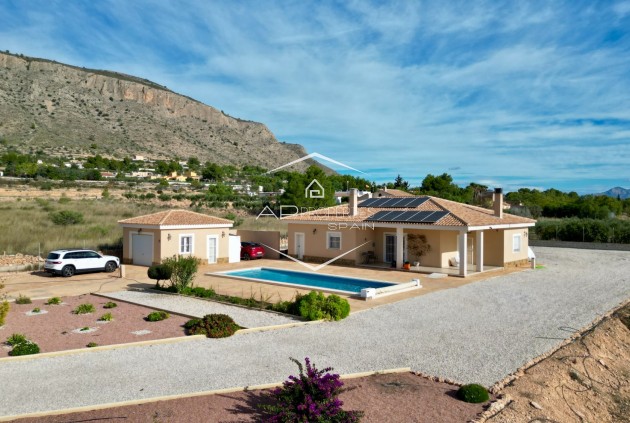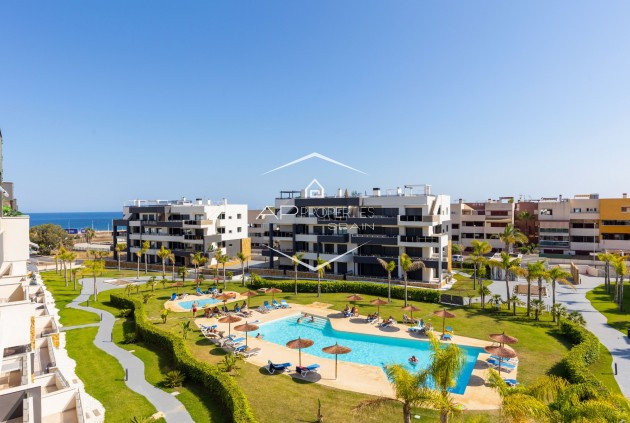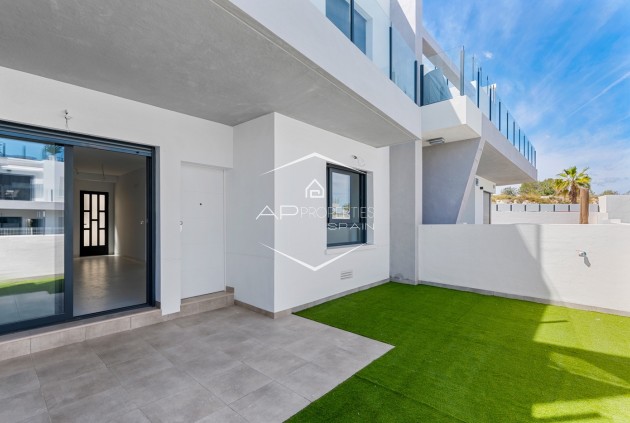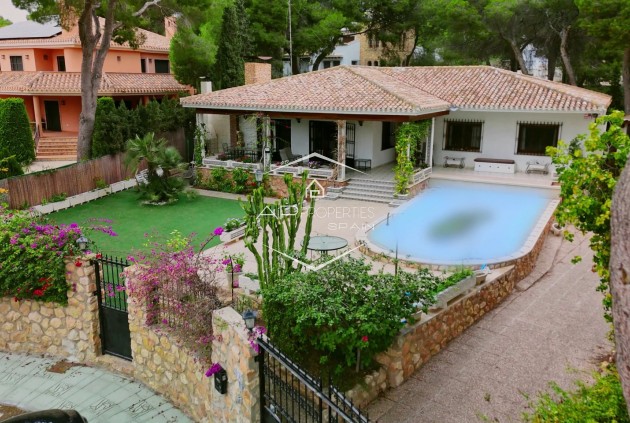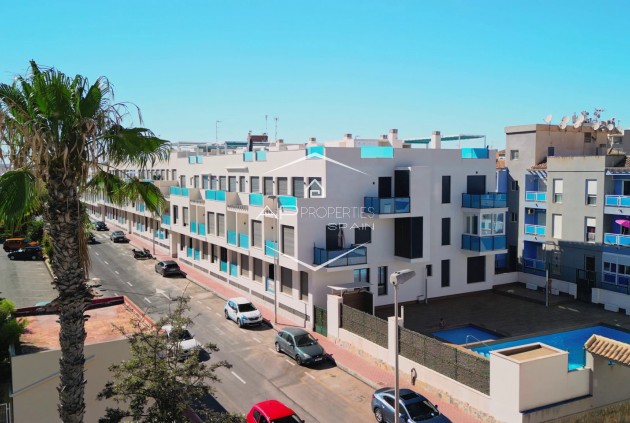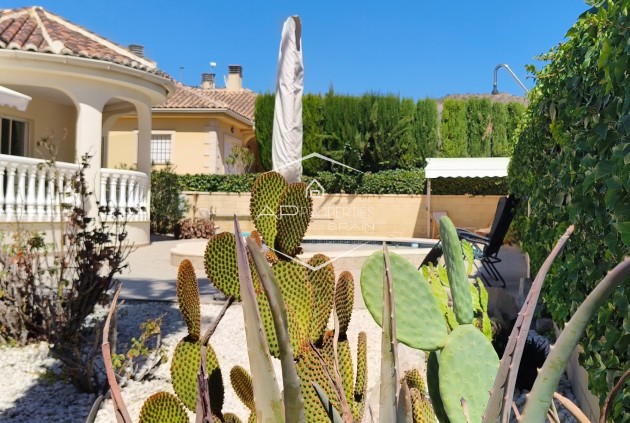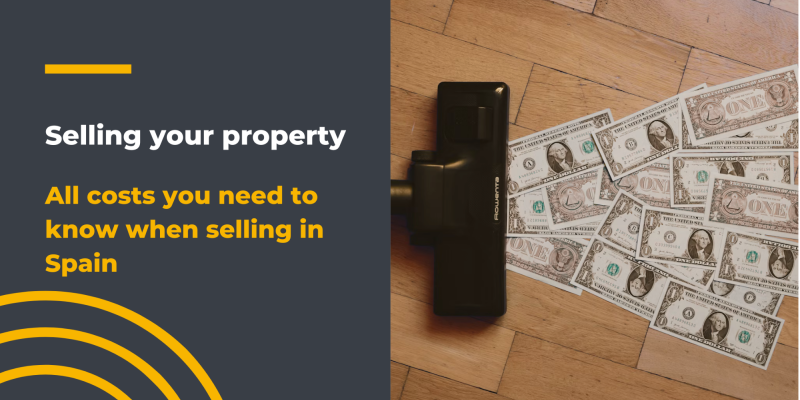
Selling Your Property in Spain: All the Costs You Need to Know
If you’re thinking of selling your home in Spain, you may be wondering: How much will I actually receive after all the fees, taxes, and other charges are paid?
Whether you’re a Spanish resident or a non-resident, the process comes with certain costs that can make a big difference to your final profit.
In this guide, we at AP Properties Spain—proud winners of the 2024 and 2025 Luxury Lifestyle Awards—will break down all the charges you can expect when selling a property in Spain. We’ll explain what each one is for, the differences between residents and non-residents, and some tips to prepare in advance so there are no unpleasant surprises at completion.
1. Real Estate Agency Fees
Most sellers in Spain choose to work with a licensed real estate agency, especially when targeting international buyers.
What it’s for:
- Marketing your property (professional photos, videos, listings, social media campaigns)
- Handling viewings and negotiations
- Managing legal and administrative steps until completion
How much?
- In Spain, agency fees are usually paid by the seller.
- The commission is typically between 3% and 6% of the final sale price, plus VAT (IVA) at 21%.
- For example: If you sell for €300,000 and your agreed agency commission is 5%, you’ll pay €15,000 + €3,150 VAT = €18,150 total.
Reach out and we'll explain in detail all the things we'll do to make sure your property sells timely and at a correct price.
2. Capital Gains Tax (CGT)
Capital Gains Tax is applied to the profit you make when selling your property.
How it’s calculated:
- Sale Price – (Purchase Price + Purchase Costs + Documented Improvements) = Taxable Gain
Rates for 2025:
- Residents in Spain:
- 19% on the first €6,000 gain
- 21% from €6,000 to €50,000
- 23% from €50,000 to €200,000
- 27% from €200,000 to €300,000
- 28% above €300,000
- Non-residents:
- Flat rate of 19% (for EU/EEA citizens) or 24% (for non-EU citizens) on the taxable gain.
Possible exemptions for residents:
- If you’re 65+ and selling your main home, you may be exempt from CGT.
- If you reinvest the proceeds into another main residence in Spain (or EU/EEA), you may also avoid or reduce CGT.
3. The 3% Non-Resident Withholding Tax (Retención)
If you are not a tax resident in Spain, the buyer is legally required to retain 3% of the agreed sale price and pay it directly to the Spanish tax office (Hacienda).
Why?
This acts as an advance payment towards your Capital Gains Tax.
Example:
- Selling price: €300,000 → 3% withholding = €9,000 retained by the buyer.
- After the sale, you file your CGT declaration. If the actual tax due is less than €9,000, you can claim a refund. If it’s more, you pay the difference.
4. Plusvalía Municipal Tax
The Plusvalía Municipal is a local tax charged by the town hall on the increase in the cadastral value of the land since you bought it.
Key points:
- Based on the number of years you’ve owned the property.
- Calculated using the cadastral land value (not the market price) and a coefficient set by each municipality.
- Even if you sell at a loss, this tax may still apply—though there are cases where you can appeal.
Who pays?
- By default, the seller pays.
- Sometimes, in negotiations, the buyer and seller agree to split it.
5. Mortgage Cancellation Fees
If you still have a mortgage on your property, you’ll need to cancel it at the notary before the sale can be registered.
Costs involved:
- Early repayment penalty: Usually between 0.25%–0.5% of the outstanding balance (check your contract).
- Notary and Land Registry fees for removing the mortgage charge—around €800–€1,000 total.
6. Energy Performance Certificate (EPC)
Spanish law requires sellers to provide an Energy Performance Certificate before marketing the property.
Cost:
- Usually between €80 and €200, depending on the size of your property.
- Valid for 10 years unless major renovations change its energy efficiency.
7. Legal & Notary Fees
While the buyer typically covers the majority of notary and registration fees, sellers may face costs for:
- Granting power of attorney (if selling from abroad)
- Legal advice and contract review
- Handling tax declarations
Typical range: €500–€1,500 depending on complexity.
8. Utility & Community Fee Settlements
On the day of sale, you’ll need to provide proof that all:
- Utility bills (water, electricity, gas)
- Community of owners fees
are fully paid up to date.
If you’re selling mid-quarter or mid-month, you may need to reimburse the buyer for their portion of pre-paid expenses—or vice versa.
9. Personal Income Tax Implications (Residents)
If you are a resident and the property you sell is not your main home, the gain will be taxed as savings income (as explained in CGT rates).
Make sure to declare it in your annual income tax return.
10. Currency Exchange Costs (Non-Residents)
If you’re receiving payment in euros but need the funds in another currency, be aware of:
- Bank transfer fees
- Exchange rate margins
Using a specialist currency broker can often save thousands compared to standard bank rates.
Example Calculation
Let’s say you are an EU non-resident selling your holiday home for €300,000, purchased for €200,000 in 2015.
Costs might look like this:
| Item | Approx. Amount |
|---|---|
| Agency fee (5% + IVA) | €18,150 |
| Plusvalía municipal | €2,000 |
| Energy certificate | €150 |
| Legal fees | €800 |
| 3% withholding tax (advance CGT) | €9,000 |
| Total upfront deductions | €30,100 |
Later, you’d file your CGT declaration:
- Profit: €100,000 → 19% CGT = €19,000
- Withholding already paid: €9,000
- CGT to pay after sale: €10,000 more.
Your net proceeds after all costs and taxes would be roughly €259,900.
here’s a clean, easy-to-read cost breakdown chart
Typical Costs When Selling a Property in Spain
| Cost | Who Pays | Amount / Rate | Notes |
|---|---|---|---|
| Real Estate Agency Fee | Seller | 3%–6% of sale price + 21% VAT | Covers marketing, viewings, negotiations |
| Capital Gains Tax (Residents) | Seller | 19%–28% of profit | Main home exemptions may apply |
| Capital Gains Tax (Non-Residents) | Seller | 19% (EU/EEA) / 24% (non-EU) | Applied to taxable gain |
| 3% Withholding Tax | Buyer retains from seller | 3% of sale price | Non-residents only; advance payment of CGT |
| Plusvalía Municipal | Seller | Varies by town hall | Based on cadastral land value & years owned |
| Mortgage Cancellation | Seller | 0.25%–0.5% of outstanding + €800–€1,000 | Includes notary & registry costs |
| Energy Performance Certificate | Seller | €80–€200 | Mandatory before listing |
| Legal Fees | Seller | €500–€1,500 | Contract review, tax handling, power of attorney |
| Utility & Community Settlements | Seller | Varies | Must be paid up to completion |
| Currency Exchange Costs | Seller (non-residents) | Varies | Bank fees & exchange margins |
Figures are indicative and may vary by location and circumstances. Always seek professional advice.
Key Takeaways
- Selling in Spain involves more than just agency fees—you’ll face taxes, legal costs, and sometimes municipal charges.
- Residents have potential exemptions that non-residents do not.
- Non-residents must account for the 3% withholding, which is a prepayment of CGT.
- Always request an estimate of all costs from your lawyer before putting your property on the market.
At AP Properties Spain, we don’t just market your home—we guide you through every step of the process, ensuring you know exactly what to expect and helping you maximise your final return.















